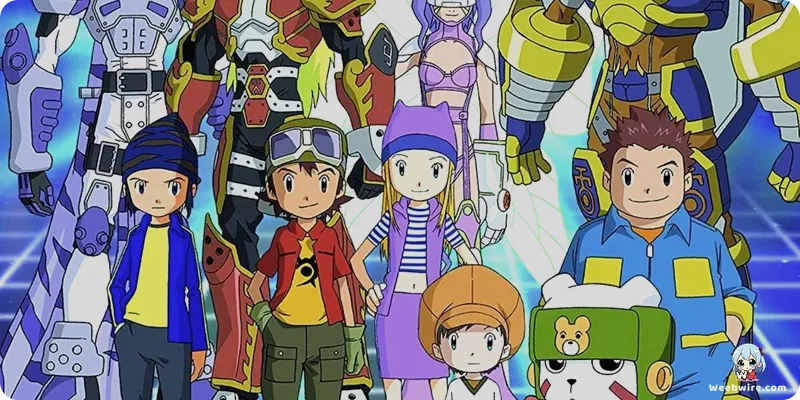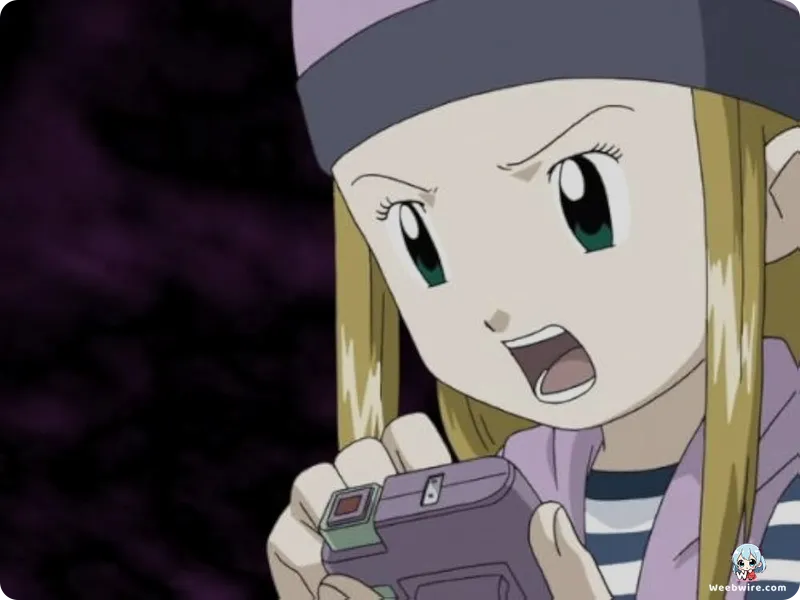Digimon Frontier: The Revolutionary Anime That Transformed Its Heroes – And the Franchise

Premiering in April 2002, Digimon Frontier ushered in a groundbreaking new era for the beloved Digimon anime franchise, bravely veering away from its established formula. Unlike previous iterations such as Digimon Adventure and Digimon Tamers, which featured human children partnered with digital monsters, Frontier introduced a revolutionary concept: the protagonists themselves became the Digimon. This pivotal conceptual shift, underpinned by the innovative "Spirit Evolution" system, remains the series' most defining and fascinating aspect, offering a rich tapestry of narrative and character development.
The heart of Digimon Frontier lies in its unique "Spirit Evolution." Chosen children, including Takuya Kanbara and Koji Minamoto, gained the ability to merge directly with the data of ancient Digimon via "Human Spirits" and "Beast Spirits." This transformative process meant the heroes weren't merely commanding companions; they were literally embodying the strengths, weaknesses, and even the primal urges of the digital creatures. This direct transformation not only delivered spectacular visual sequences but also profoundly deepened the series' thematic exploration of identity, self-acceptance, and the struggle to master formidable power. The ability to combine these spirits into more potent "Hybrid" forms further diversified combat, setting a new strategic benchmark.

This deliberate move by Toei Animation to shift away from the classic partner Digimon trope was a bold strategic decision aimed at revitalizing the franchise. The narrative focus pivoted from external relationships to the internal journeys of the children as they grappled with their newfound abilities and the inherent nature of their Digimon forms. This internal conflict, particularly poignant in characters navigating their darker spirits, added a psychological depth rarely explored in previous seasons.
Fans of the franchise will appreciate subtle nods to its legacy, such as Takuya Kanbara continuing the tradition of the goggle-wearing leader, a visual homage connecting him to iconic protagonists like Tai Kamiya. The antagonists also offered a unique twist, with the once-benevolent Cherubimon tragically corrupted by the true puppet master, Lucemon, infusing the conflict with profound moral complexity. The Digital World itself was meticulously structured into distinct elemental areas, navigated by the charmingly unique "Trailmon" transportation system, further enriching the series' distinct flavor.
Moreover, the lore behind the spirits, revealed as fragments of "Ancient Warriors" who once saved the Digital World, provided a deep, historical backdrop, culminating in the powerful fusion of all ten spirits into Susanoomon. The series' adventurous spirit was perfectly encapsulated by the iconic opening theme, "FIRE!!" by the late Koji Wada, whose powerful vocals consistently energized the Digimon universe. While Digimon Frontier initially met with mixed reactions due to its radical mechanical shift, it has since garnered significant appreciation for its innovative approach and willingness to experiment. It stands as a testament to Toei Animation's courage in exploring diverse storytelling possibilities, solidifying its unique chapter in the enduring Digimon legacy.
Credits
Digimon Frontier
Author
Akiyoshi Hongo
Cover Art
Katsuyoshi Nakatsuru
Studio
Toei Animation
Publisher
Bandai
Producers





